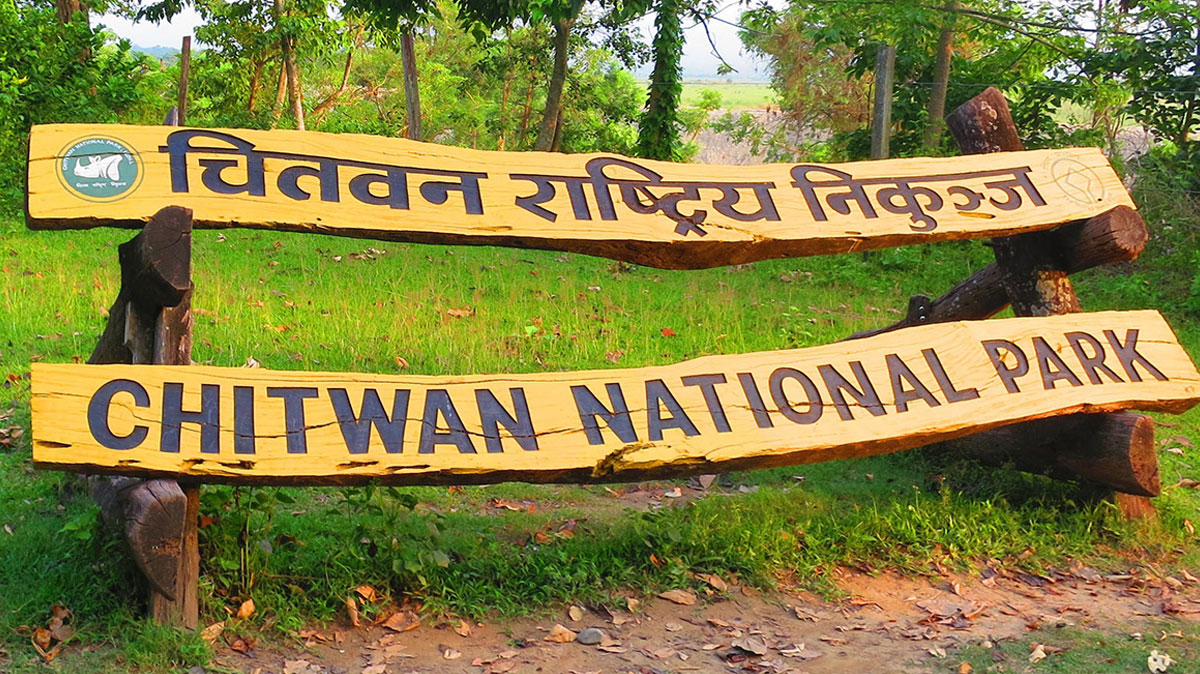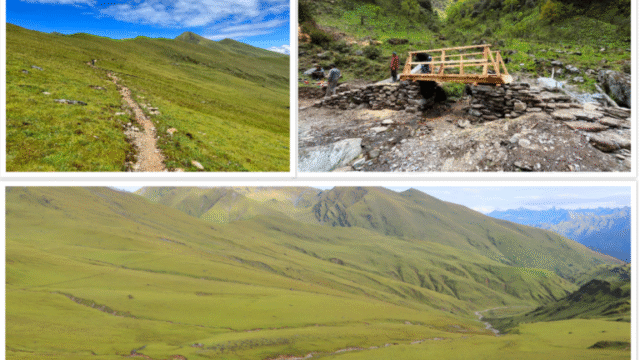Chitwan National Park is a popular tourist destination for both domestic and foreign visitors, being tucked away in the heart of Nepal. A pillar of Nepal’s tourism economy, this vast park—recognized as a UNESCO World Heritage Site—offers a singular fusion of abundant wildlife, breathtaking scenery, and an insight into the cultural legacy of the Tharu people.
Chitwan National Park, which was created in 1973 and spans 952.63 square kilometers, is well-known for its effective conservation initiatives. Numerous endangered animals can be found in the park, such as the magnificent Bengal tiger, the bigger one-horned rhinoceros, and the elusive leopard. Its dense forests, grasslands, and riverine ecosystems provide an ideal habitat for over 700 species of wildlife and a haven for bird watchers with more than 500 species of birds.
Chitwan National Park is seeing a boom in tourism as a result of the influx of tourists drawn by its special attractions. Safaris in the jungle, conducted by jeep or on the back of an elephant, provide visitors with a close-up look at the park’s fauna. A peaceful approach to seeing aquatic life and the park’s wide variety of birds is to take a canoe ride down the Rapti River. For those with a greater sense of adventure, guided jungle treks offer a close-up look at the park’s breathtaking scenery.
In addition, the park acts as a cultural center where guests can interact with the nearby Tharu population. The whole tourism experience is enhanced with traditional Tharu dance performances, village visits, and homestay experiences, which offer insights into the way of life in the area.
Eco-tourism initiatives in Chitwan National Park have also gained momentum, emphasizing sustainable practices that benefit both the environment and the local communities. Eco-lodges and community-based tourism projects ensure that tourism development aligns with conservation goals and supports local livelihoods.
Chitwan National Park’s accessibility has significantly contributed to its popularity. The park is a short drive from major cities like Kathmandu and Pokhara, making it an easy addition to travelers’ itineraries. Its proximity to Bharatpur Airport also facilitates quicker access for international tourists.
Chitwan National Park remains a vital asset to Nepal’s tourism sector. Its successful conservation efforts, rich biodiversity, cultural experiences, and commitment to sustainable tourism make it a must-visit destination for nature lovers and adventure seekers alike. As the park continues to attract visitors from around the world, it stands as a testament to Nepal’s dedication to preserving its natural heritage while fostering economic growth through tourism.






